News

Jun 30, 2022
Jared Ali named director of the Penn State Center for Chemical Ecology
Jared Ali, Dorothy Foehr Huck and J. Lloyd Huck Chair of Chemical Ecology and associate professor of entomology in the College of Agricultural Sciences, has been named director of the Penn State Center for Chemical Ecology (CCE).
Full Article
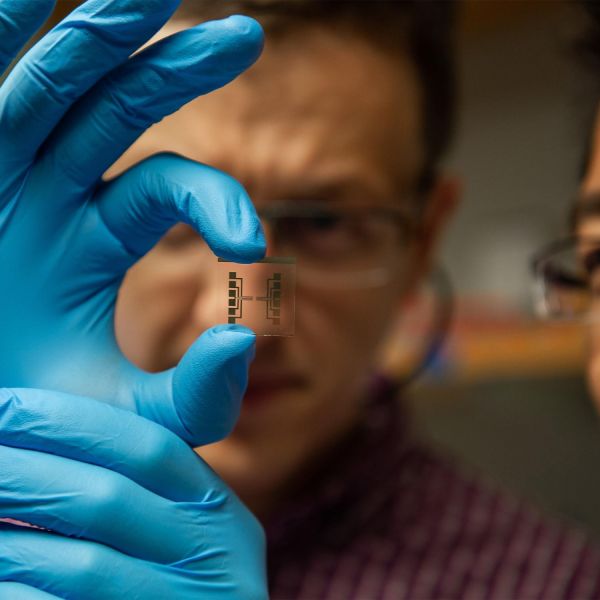
Jul 29, 2022
Laser writing may enable ‘electronic nose’ for multi-gas sensor
Environmental sensors are a step closer to simultaneously sniffing out multiple gases that could indicate disease or pollution, thanks to a Penn State collaboration. Huanyu “Larry” Cheng, assistant professor of engineering science and mechanics in the College of Engineering, and Lauren Zarzar, assistant professor of chemistry in Eberly College of Science, and their teams combined laser writing and responsive sensor technologies to fabricate the first highly customizable microscale gas sensing devices.
Full Article

Jun 27, 2022
Jared Ali named Huck Chair of Chemical Ecology
Jared Ali, associate professor of entomology in Penn State's College of Agricultural Sciences, has been named the Dorothy Foehr Huck and J. Lloyd Huck Chair of Chemical Ecology by the University’s Huck Institutes of the Life Sciences.
Full Article
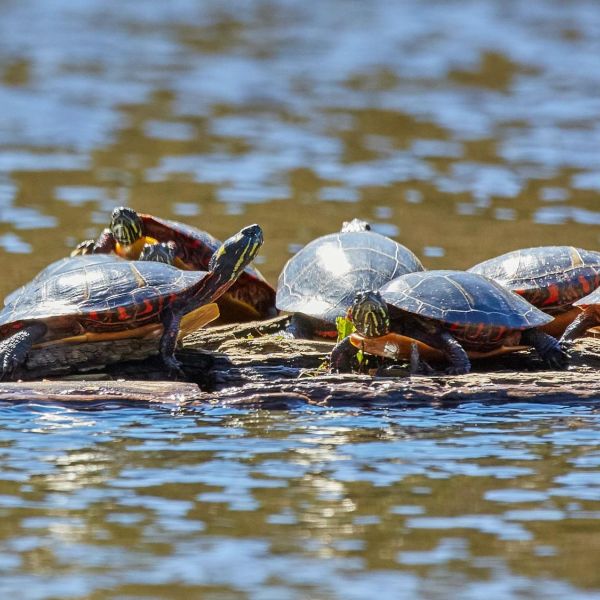
Jun 24, 2022
Secrets of reptile and amphibian aging revealed
At 190 years old, Jonathan the Seychelles giant tortoise recently made news for being the “oldest living land animal in the world.” Although, anecdotal evidence like this exists that some species of turtles and other ectotherms — or ‘cold-blooded’ animals — live a long time, evidence is spotty and mostly focused on animals living in zoos or a few individuals living in the wild.
Full Article
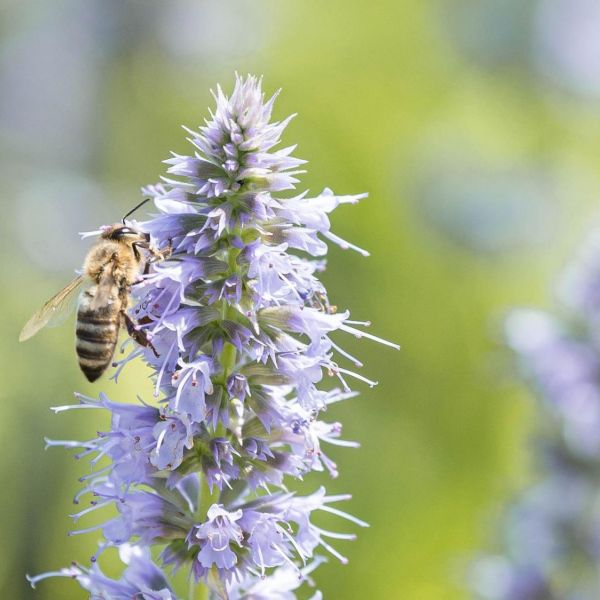
Jun 02, 2022
Managing habitat for flowering plants may mitigate climate effects on bee health
Warm, wet weather conditions and changing climate negatively influence the nectar intake and nutritional health of honey bees, but maintaining large tracts of grassy natural habitat with flowering plants around apiaries may help to mitigate the detrimental effects of climate, according to a new study by an international team of researchers.
Full Article
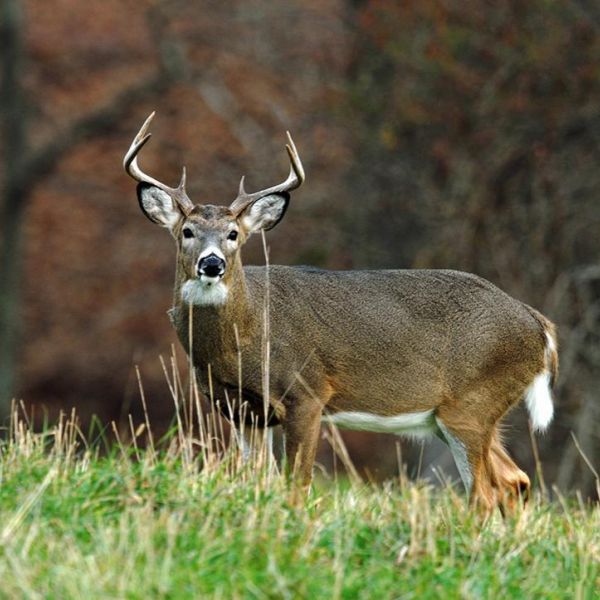
May 19, 2022
Future of deer management clouded by coming steep decline in hunter numbers
Because so many deer hunters are aging out of the sport — and new hunters are not being recruited to replace them — deer management strategies will need to change to manage populations of whitetails in many states.
Full Article
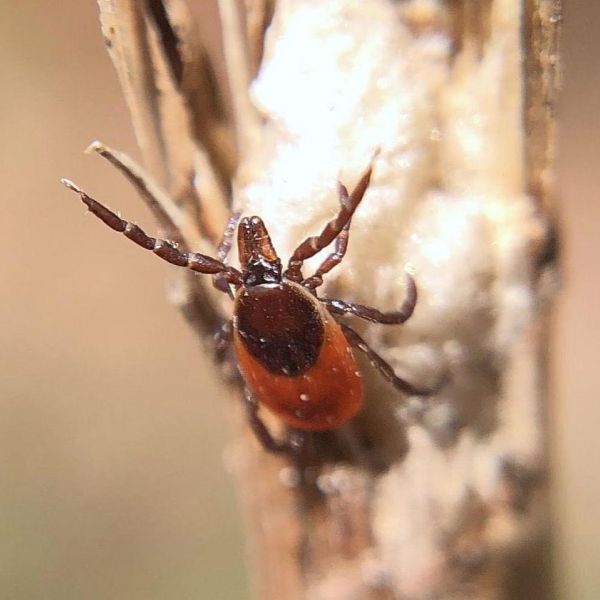
May 04, 2022
It's tick season: Learn to protect yourself and your animals with free webinars
To educate the public about tick risk and tick bite prevention in these companion animals, Penn State Extension will offer the spring 2022 “Tick Webinar Series.” The vector-borne disease extension team will hold three webinars in May — Lyme Disease Awareness Month — at no cost to participants.
Full Article
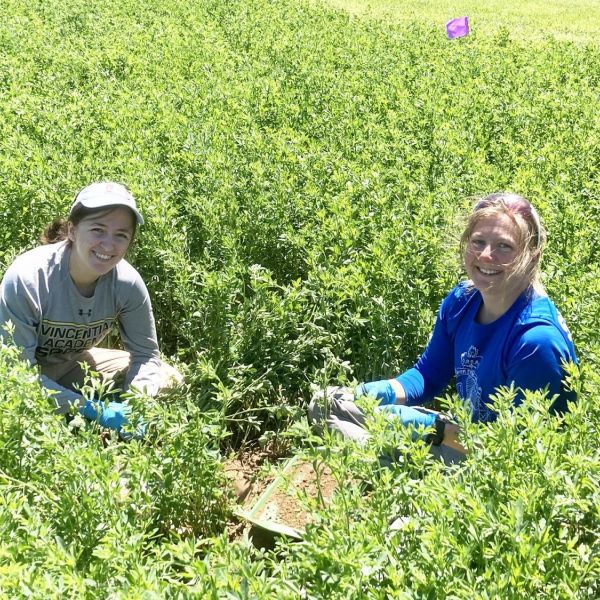
May 31, 2022
New plant science team gets grants from USDA-NIFA for research on soil microbes
An assistant professor in Penn State’s College of Agricultural Sciences has received $950,000 in two competitive grants from the U.S. Department of Agriculture to lead a team studying interactions between plants and rhizobial soil bacteria, with the long-term goal of boosting forage and crop production while reducing environmental impacts of fertilizer use.
Full Article
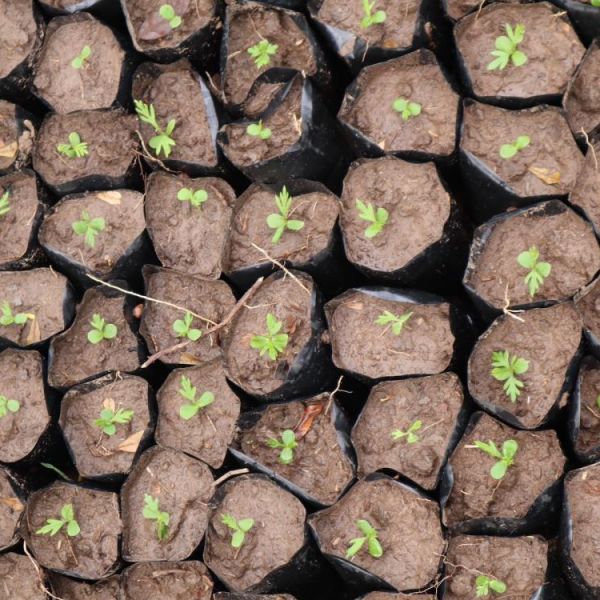
Apr 22, 2022
PlantVillage Team awarded $1M in Elon Musk XPRIZE Carbon Removal Competition
An international team led by David Hughes, founder of Penn State’s PlantVillage project, has been named among 15 milestone winners of the latest round of the XPRIZE and Musk Foundation’s Carbon Removal Competition.
Full Article

Apr 21, 2022
Ecology grad student awarded $100K XPRIZE in Carbon Removal Competition
An international team led by Edward Amoah, a graduate student in Penn State’s intercollegiate ecology graduate program, has been named among 23 winners globally of the 2021 XPRIZE Carbon Removal Student Competition.
Full Article